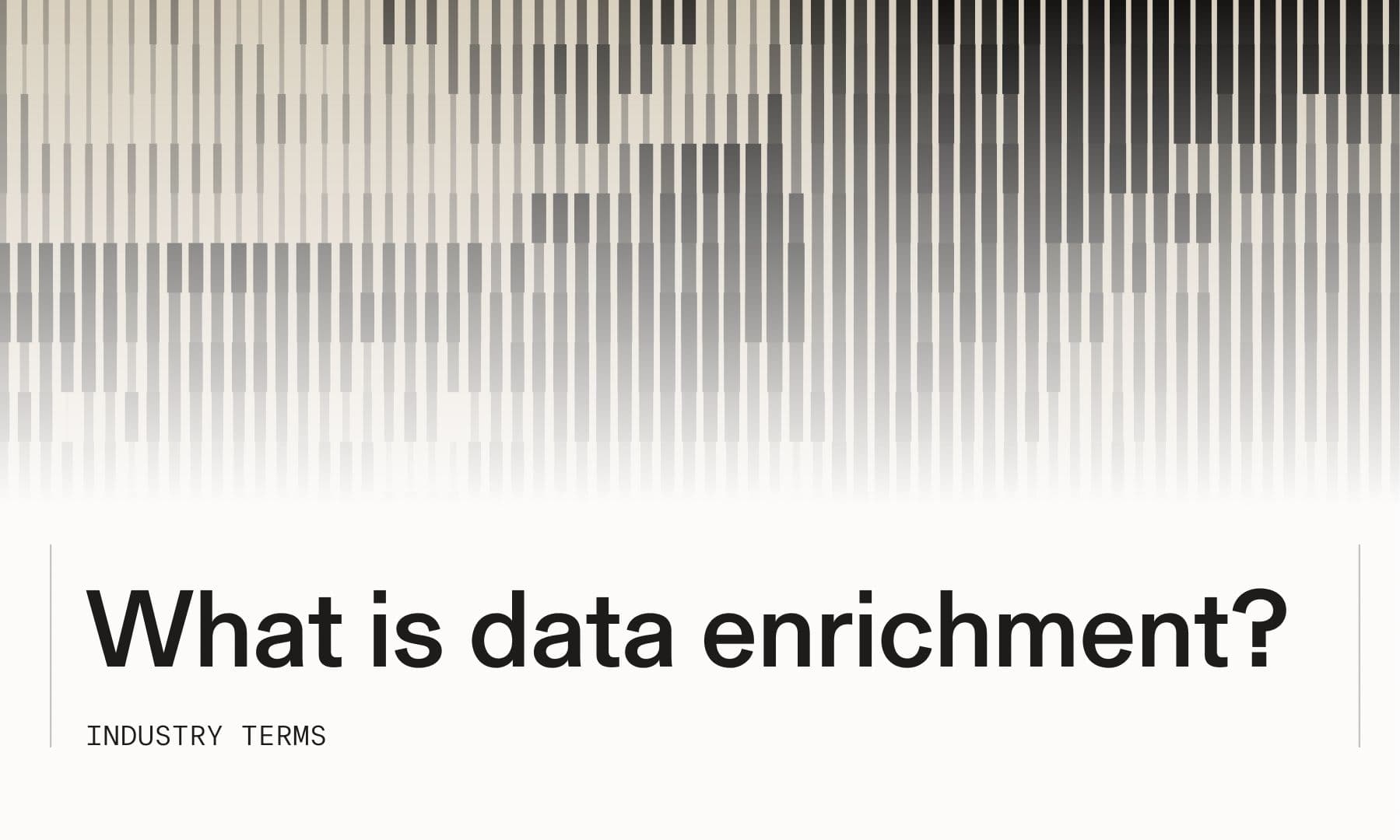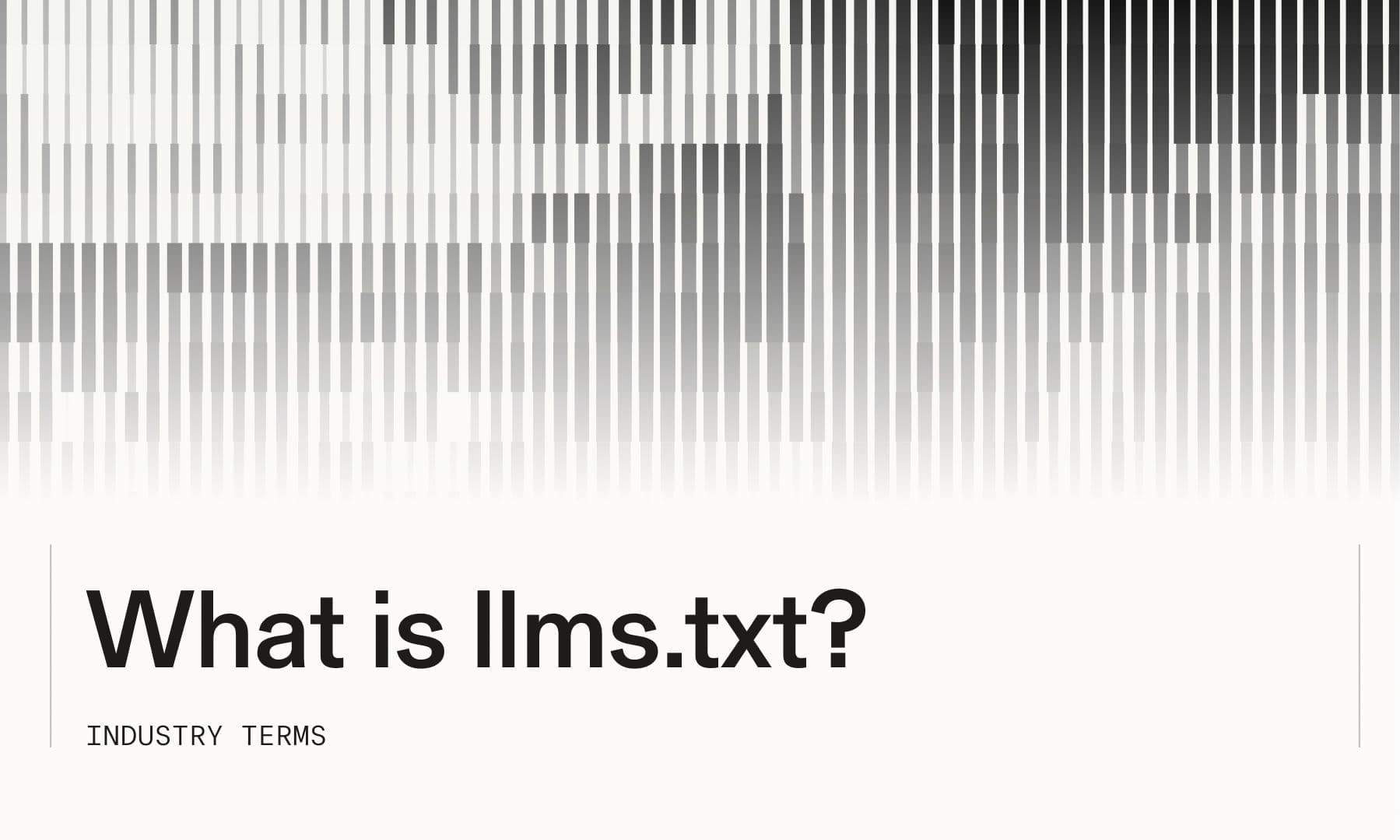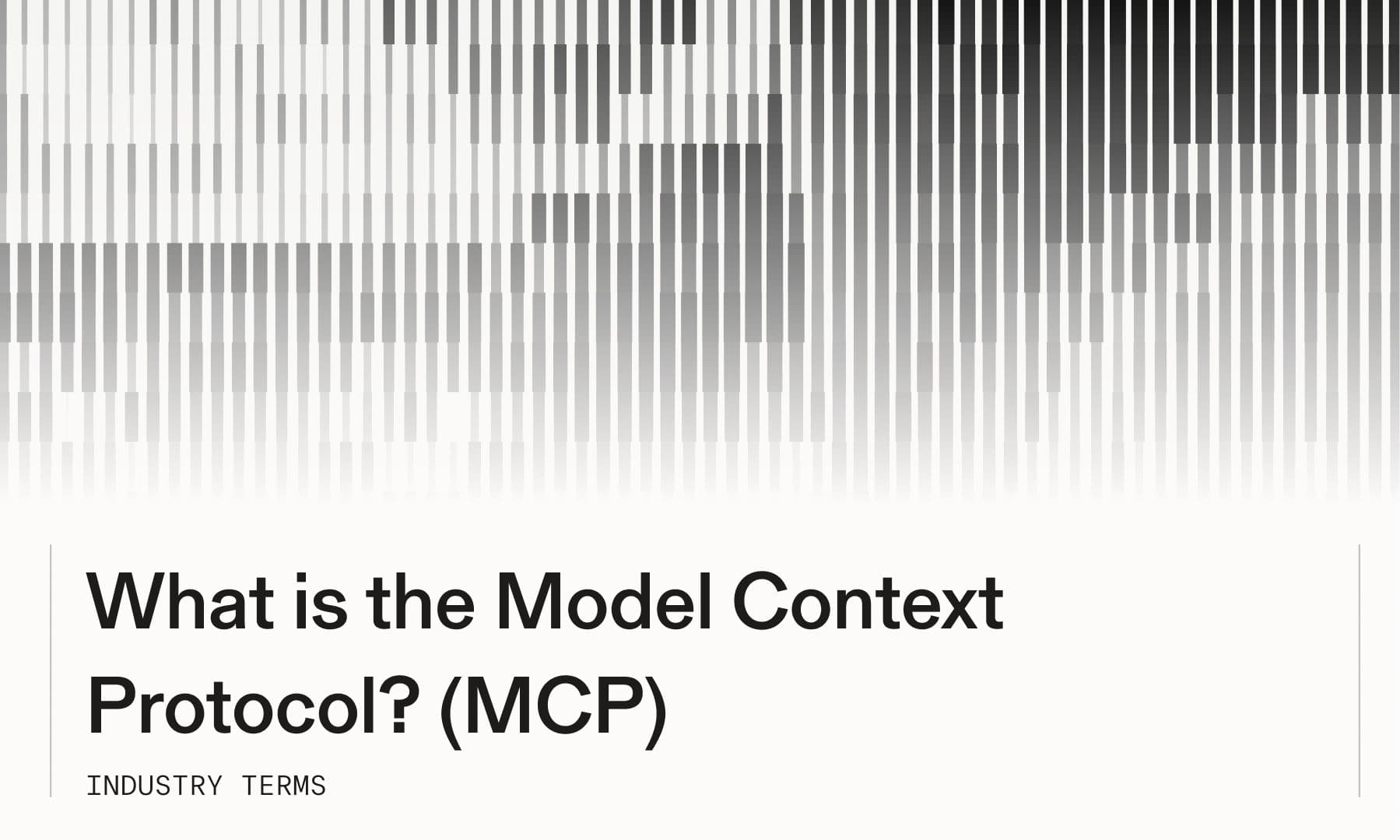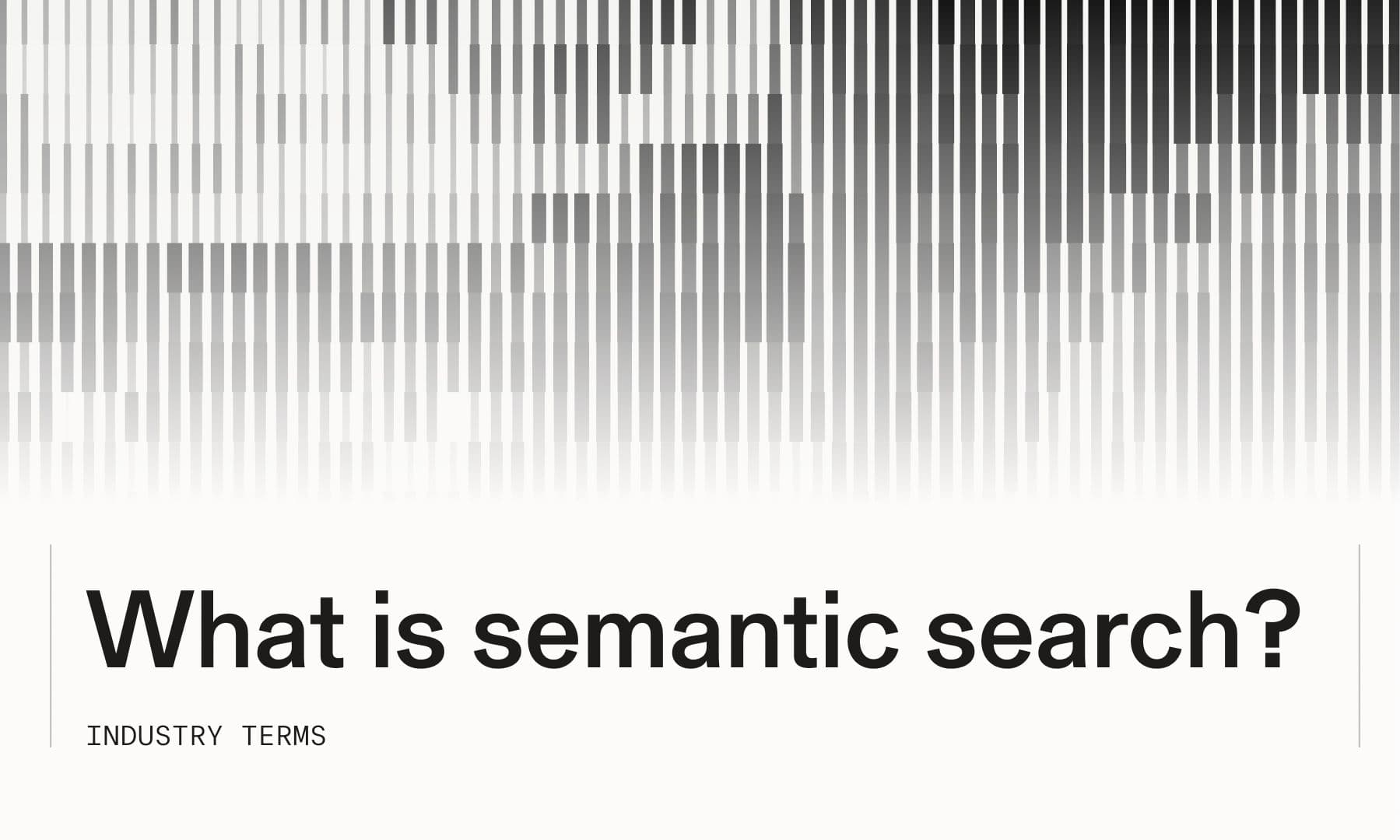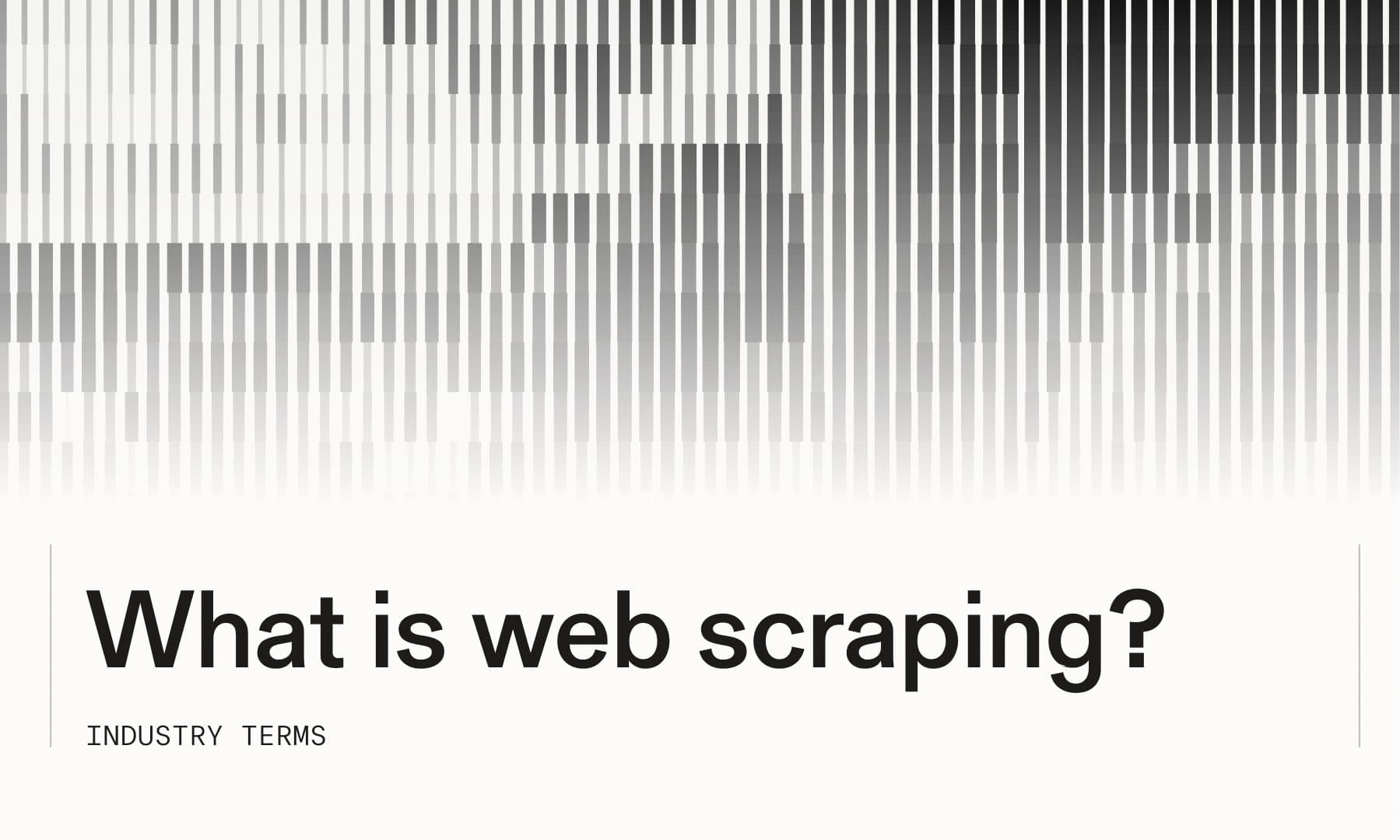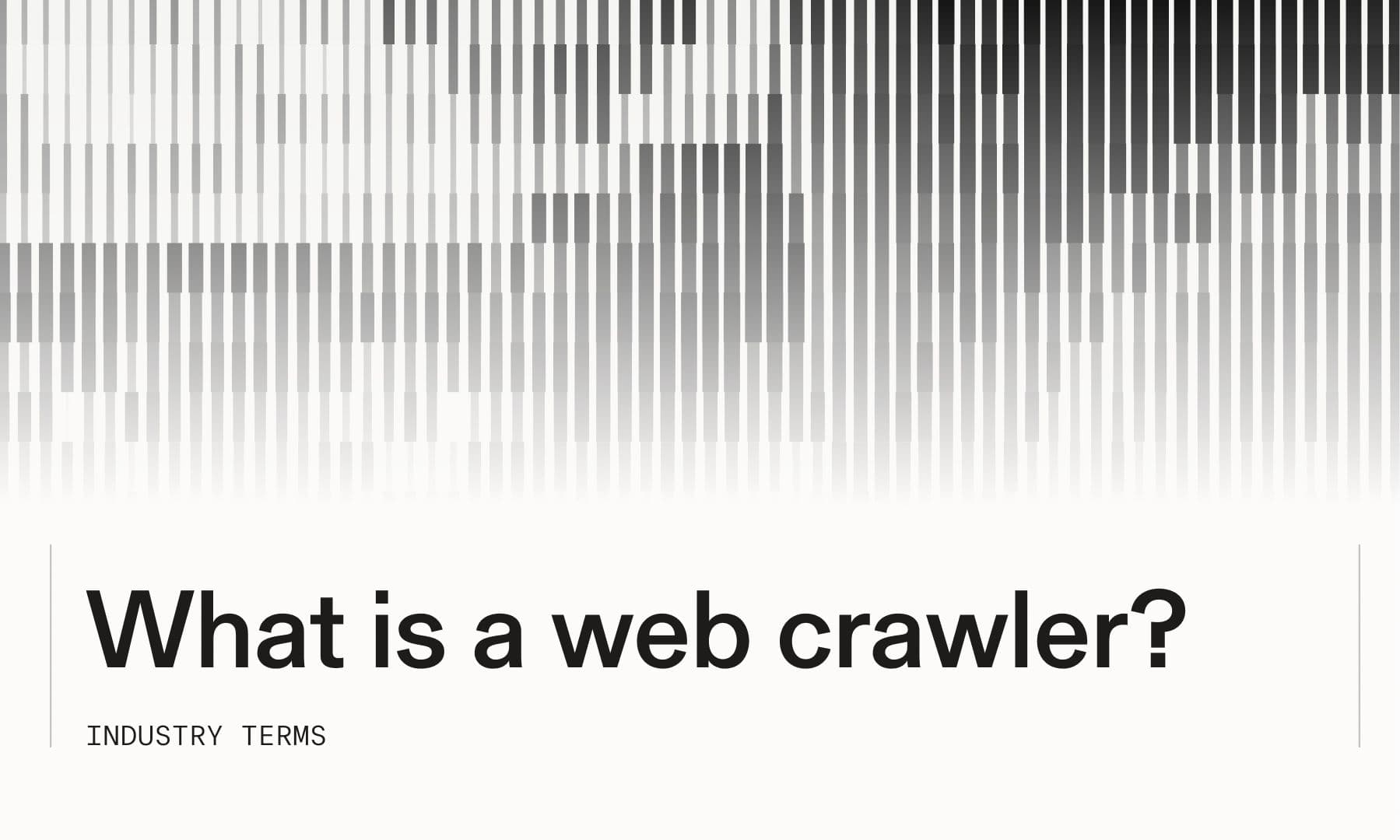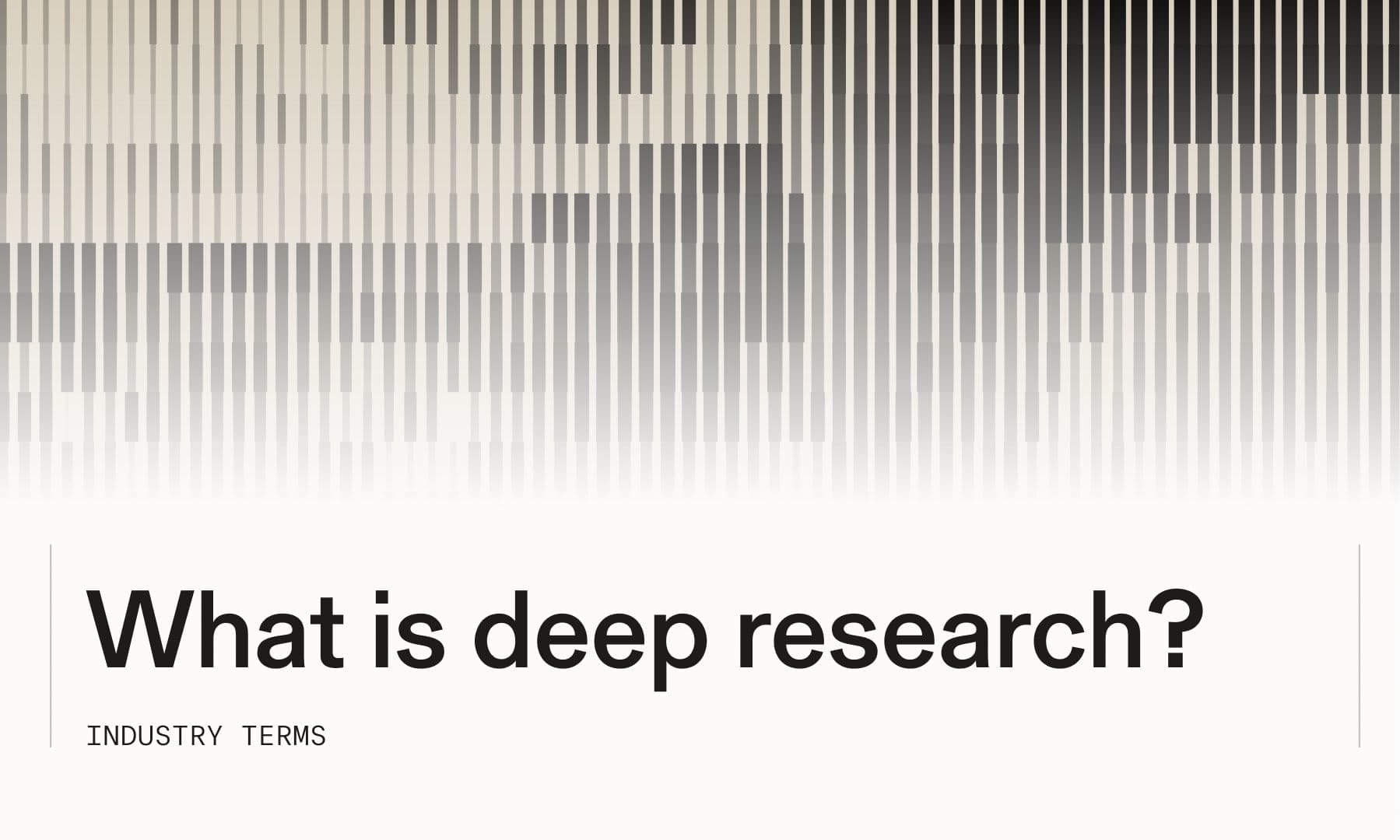
# What is a web index?
Every time you search online, you're querying a massive database—not the live web itself. A web index is this database: a catalog of billions of web pages that search engines maintain to deliver results in milliseconds. For developers building AI applications, web indexes determine what information your agents can access and how quickly they can retrieve it. This article explains how web indexes work, why they matter for AI systems, and how to choose between building your own or using an indexing API.
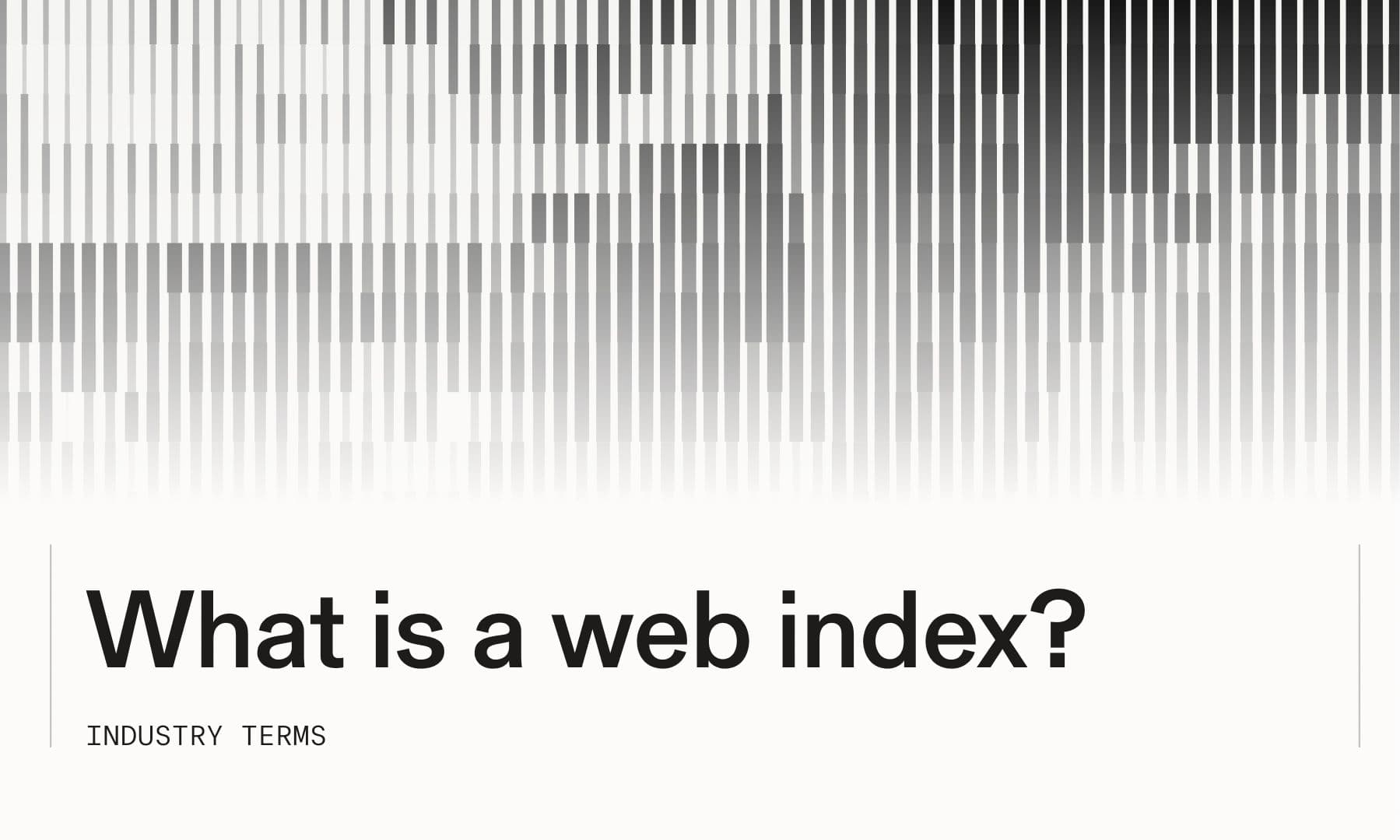
## **What is a web index?**
A web index is a massive database that search engines like Google and Bing maintain to store information about billions of web pages across the internet. When you search for something online, you're not searching the live web—you're querying the search engine's index, which acts like a library catalog that organizes content for fast retrieval.
The term "web index" also refers to something completely different: the homepage file of a website, typically named index.html or index.php. This file loads by default when you visit a domain. While both use the same name, this article focuses on search engine indexes—the infrastructure that makes web search possible.
Think of a search engine's index as a reference system. Just as a library organizes books by subject and author, a web index catalogs pages by content and links so queries return results in milliseconds rather than hours.
## **How a web index works from crawl to rank**
Building a web index involves four stages that transform raw web pages into searchable, ranked results.
### **1. Web crawling**
Automated programs called _crawlers_ (sometimes called _spiders_) continuously discover new and updated web pages by following links. Crawlers start with a list of known URLs and systematically navigate from page to page, adding newly discovered URLs to a queue.
Crawlers follow rules defined in robots.txt files—text files that tell crawlers which parts of a site they can access. The _crawl budget_ refers to how many pages a crawler will visit on your site during each session, and it depends on factors like site speed and authority.
### **2. Parsing and normalization**
After a crawler fetches a page, parsing engines extract meaningful content from HTML, images, and other elements. This step identifies the page's language, separates navigation from body content, and extracts metadata like titles and descriptions.
_Normalization_ standardizes variations so "example.com/page" and "www.example.com/page/[www.example.com/page/]($http://www.example.com/page/)" get recognized as the same resource. Without this step, search engines would waste storage indexing duplicate content.
### **3. Storage and website indexation**
The parsed content gets stored in the index alongside metadata including publication dates and quality signals. Modern indexes don't store complete HTML—they extract text passages and catalog link relationships while discarding redundant code.
_Website indexation_ describes the process of a search engine discovering, analyzing, and adding your site's pages to its database. If a page isn't indexed, it won't appear in search results, regardless of how well written it is.
### **4. Ranking and retrieval**
When someone searches, the query engine matches terms against the index and applies ranking algorithms to order results. Algorithms evaluate content relevance, link authority, page speed, and hundreds of other signals to determine which pages best answer the query.
The entire process from query to results typically completes in under 500 milliseconds, scanning billions of indexed pages.
## **Why web indexing matters for search, SEO, and AI agents**
Without indexing, the web would be unsearchable. Even perfectly optimized pages remain invisible if they're not in a search engine's index—users can't find what hasn't been cataloged.
For developers building AI applications, web indexing determines what information your agents can access. Here's where it gets interesting: traditional search engines index content for human readers, providing title snippets and brief previews. AI agents need something fundamentally different—dense, structured passages ready to feed directly into language models.
This mismatch explains why many developers layer scraping and summarization on top of search APIs. The result? Added latency, higher token costs, and brittle failure points. An AI-native index solves this by storing content already formatted for language model consumption.
## **Core components of web indexing**
Several technical elements work together to make web indexes functional.
### **Document URLs and canonicals**
Every indexed page has a unique identifier—its URL. _Canonical URLs_ tell search engines which version of duplicate or similar pages to prioritize, preventing ranking signals from getting split across near-identical content.
### **Link graph and PageRank signals**
The web's link structure forms a graph where pages are nodes and hyperlinks are edges. Algorithms analyze this graph to infer authority—pages linked by many high-quality sources typically rank higher than isolated pages.
### **Content embeddings and metadata**
Modern indexes generate _semantic embeddings_, which are mathematical representations that capture meaning beyond exact keyword matching. Embeddings enable search engines to understand synonyms and context, returning relevant results even when queries don't contain exact phrases from the page.
Structured metadata like Schema.org markup helps indexes understand entities and relationships—distinguishing between a product page, a news article, and a local business listing.
### **Verification and provenance tags**
For applications where accuracy matters, _provenance tracking_ identifies content sources and publication dates. This verification layer enables systems to prioritize authoritative sources and flag potentially outdated information.
## **Key benefits of a well-optimized index**
A properly structured index delivers measurable advantages for applications that query it.
- - **Faster query response:** Organized indexes enable sub-second retrieval across billions of documents through pre-computed relevance scores and distributed storage
- - **Reduced token costs:** When indexes store pre-processed content passages, applications avoid fetching full pages and summarizing them on every query, cutting token consumption by 80% or more
- - **Higher result accuracy:** Quality filtering during indexation removes spam and verifies freshness, improving downstream accuracy without applications implementing their own filtering
## **Common challenges that block indexing**
Even well-designed sites encounter obstacles that prevent pages from being indexed correctly.
### **Duplicate content and canonical errors**
When multiple URLs serve identical content, search engines might index the wrong version or split ranking signals across duplicates. Setting proper canonical tags resolves this by explicitly declaring the preferred URL.
### **Robots.txt and noindex directives**
The robots.txt file controls crawler access at the site level, while noindex meta tags block indexing of specific pages. Misconfigured rules can accidentally prevent important pages from being crawled—a common source of visibility problems.
### **Server latency and crawl budget limits**
Slow server response times reduce the number of pages crawlers will fetch during each visit. Combined with limited crawl budgets, this can leave large portions of your site unindexed simply because crawlers never reach them.
## **Steps to index a web page faster**
You can accelerate indexing through several proactive measures.
### **1. Publish an XML sitemap**
An XML sitemap lists all important URLs on your site along with metadata like last modification dates. Submitting this sitemap to search engines via their webmaster tools prioritizes your URLs in the crawl queue.
### **2. Submit in Search Console**
Google Search Console and Bing Webmaster Tools offer URL inspection tools that request immediate crawling of specific pages. This manual submission works well for time-sensitive content.
### **3. Implement IndexNow or Bing API**
IndexNow is a protocol that notifies search engines immediately when content is published or updated. Rather than waiting for the next scheduled crawl, your site pushes change notifications in real-time.
### **4. Fix critical crawl errors**
Broken links, server errors, and redirect chains prevent crawlers from accessing content. Monitoring crawl error reports and fixing problems removes barriers to indexing.
### **5. Earn quality backlinks**
External links from authoritative sites signal that your content is valuable, increasing both crawl frequency and indexing priority.
## **Managing crawl budget and freshness**
For large sites or frequently updated content, optimizing how crawlers spend their limited time becomes critical.
### **Prioritize high-value URLs**
Use robots.txt to block crawlers from low-value sections like admin pages or outdated archives, directing crawl budget toward your most important content. Internal linking structure also signals priority—pages linked prominently from your homepage typically get crawled more frequently.
### **Optimize response codes**
Return proper HTTP status codes: 200 for successful responses, 301 for permanent redirects, 404 for missing pages. Avoid soft 404s—pages that return 200 status codes but display "not found" messages—which waste crawl budget.
### **Schedule incremental recrawls**
Search engines recrawl pages at different frequencies based on update patterns. Pages that change daily get recrawled more often than static content. You can influence this by updating your sitemap's lastmod timestamps when content changes.
## **Build vs. buy: choosing between your own index and an API**
When building applications that rely on web data, you face an architectural decision: maintain your own index or consume indexing as a service.
### **Total cost of ownership**
Building an index requires distributed storage, crawler infrastructure, and ranking algorithms—easily millions in costs before indexing your first billion pages. Operating costs scale with coverage and freshness requirements.
### **Performance and scale**
Commercial indexing APIs distribute infrastructure globally, offering low-latency access regardless of query volume. Building comparable performance requires significant investment in geographic distribution.
### **Security and compliance needs**
If your application serves regulated industries, compliance certifications matter. Established indexing providers typically maintain SOC-II Type 2 and other certifications that would take years to achieve independently.
## **Scaling indexing for AI applications with structured data and provenance**
AI applications introduce requirements that traditional search indexes weren't designed to handle. Language models consume tokens, not web pages, and they need structured, verifiable data rather than HTML snippets.
An AI-native index stores content in formats optimized for language models—dense text passages with explicit boundaries, extracted entities with relationships, and metadata that enables reasoning across multiple sources. When an AI agent asks "What were the key product announcements in enterprise software last quarter?", an AI-optimized index returns structured results with timestamps and source attribution rather than a list of URLs.
Provenance tracking becomes critical for applications where accuracy determines outcomes. Recording content sources, publication dates, and update histories enables verification—you can trace every claim back to its origin. This transparency reduces hallucination risk and builds trust in AI-generated outputs.
## **Frequently asked questions about web indexing**
### **How long does it take for a new web page to appear in a search engine index?**
Indexing timeframes vary from hours to several weeks depending on your site's authority and crawl budget. High-authority sites with frequent updates often see new pages indexed within hours, while newer sites might wait days or weeks. Using XML sitemaps or IndexNow protocols accelerates this process significantly.
### **Can I exclude specific pages from being indexed by search engines?**
Yes, you can control indexing through several mechanisms. The robots.txt file blocks crawlers from accessing entire sections, while noindex meta tags prevent specific pages from being added to the index. For sensitive content, combining both approaches provides defense in depth.
### **What is the difference between a website index and a web page index?**
A website index typically refers to the homepage file—index.html—that loads by default when visitors access your domain. A web page index describes the search engine's database containing information about all discovered pages across the web. The terms share a name but refer to completely different concepts.
## **Ship reliable retrieval with Parallel's Search API**
Parallel provides access to an AI-native web index specifically designed for agents that need accurate, verifiable web data. Our Search API collapses the traditional multi-step pipeline—searching, scraping, parsing, re-ranking—into a single fast call that returns content ready for language models.
Unlike general-purpose search APIs built for human readers, Parallel's index stores extended webpage excerpts optimized for reasoning tasks. You specify what information you need, and we return structured results with the density and context that language models require.
Our infrastructure handles billions of pages with SOC-II Type 2 certification, and we consistently outperform major competitors in accuracy benchmarks while offering predictable pricing. Start building with Parallel's Search API[Start building with Parallel's Search API]($https://platform.parallel.ai/home) and ship AI applications grounded in accurate, verifiable web data.
By Parallel
October 14, 2025

